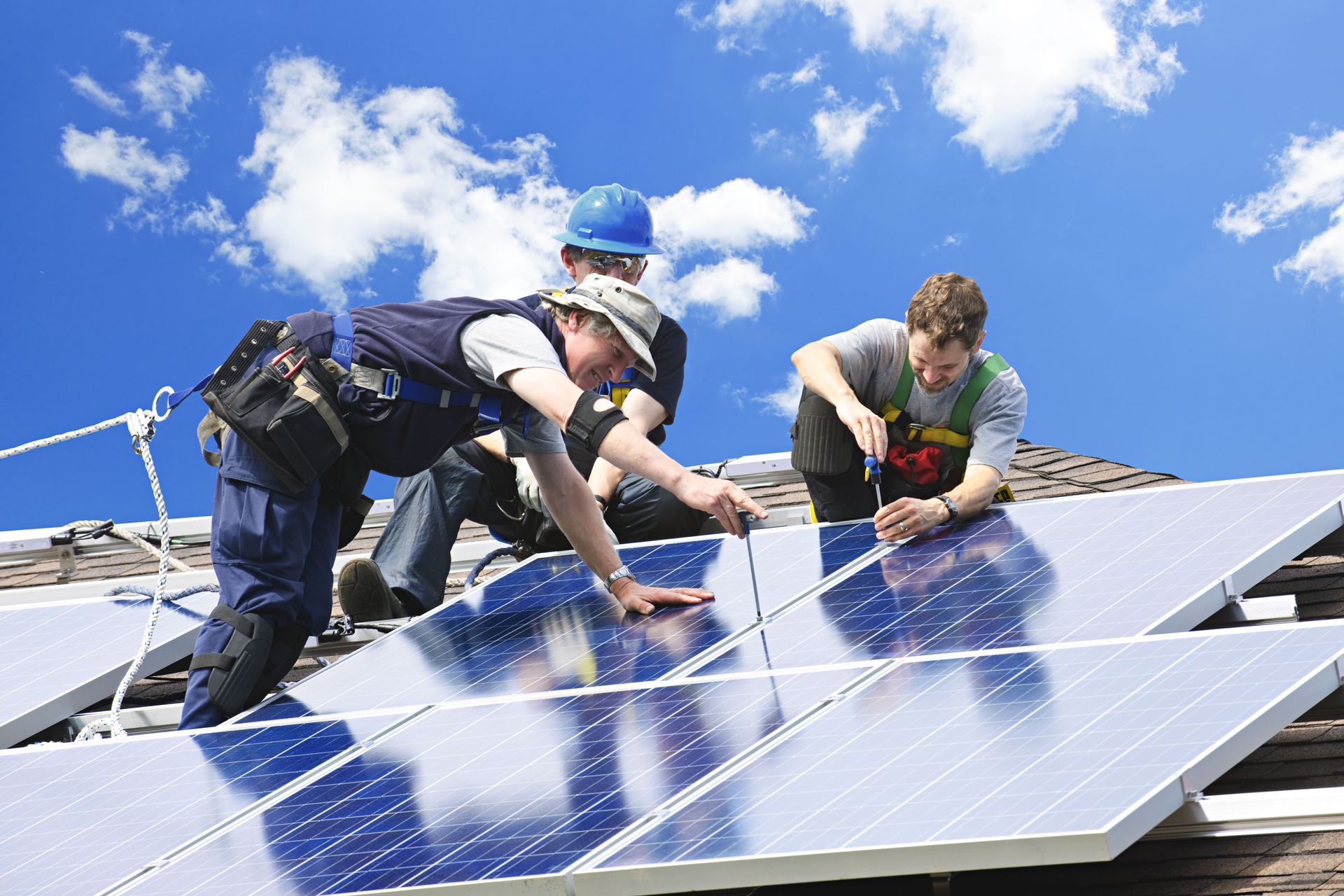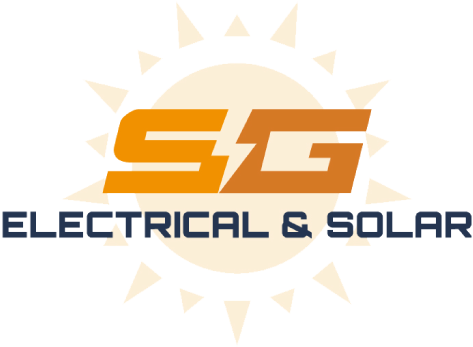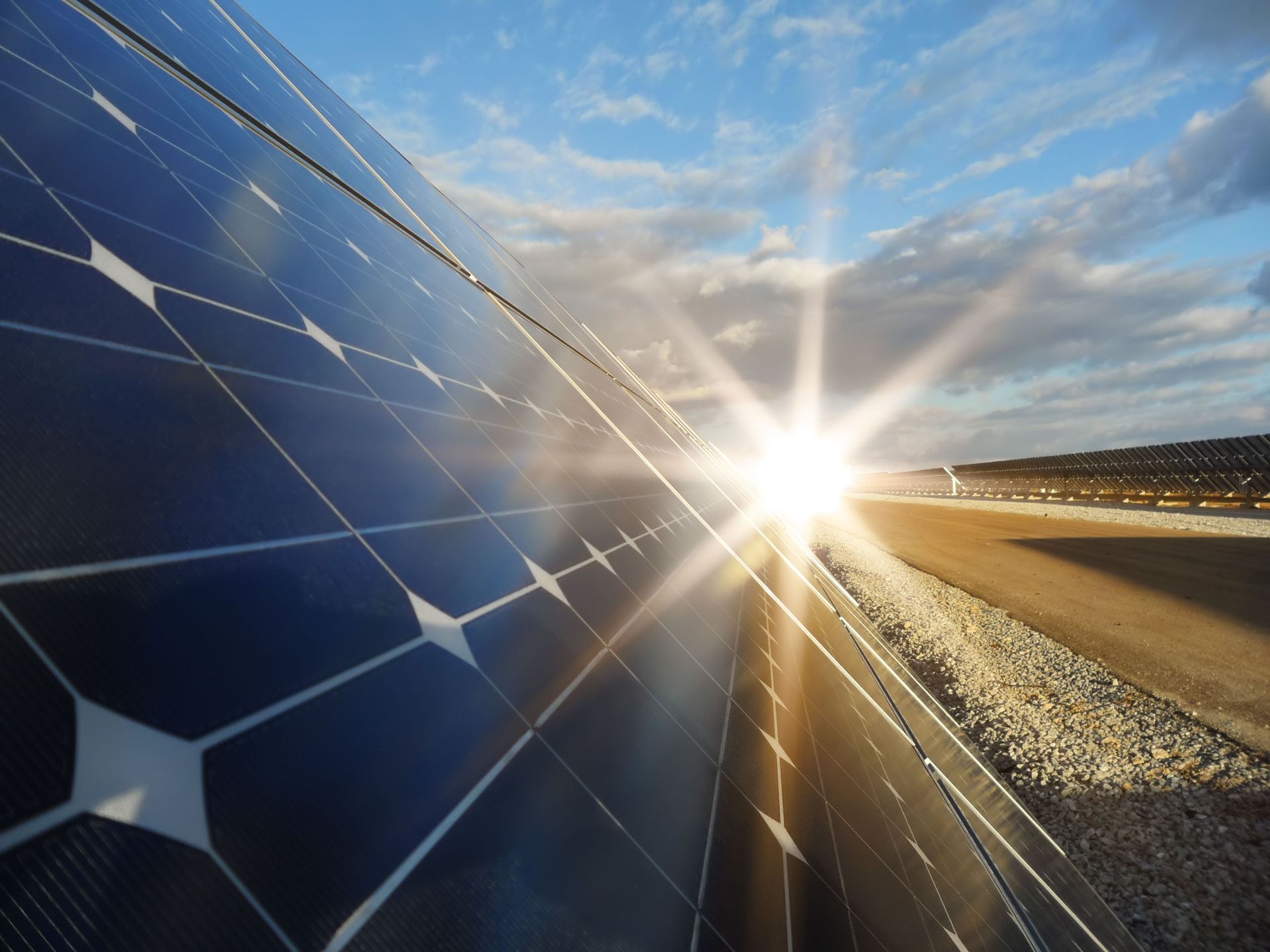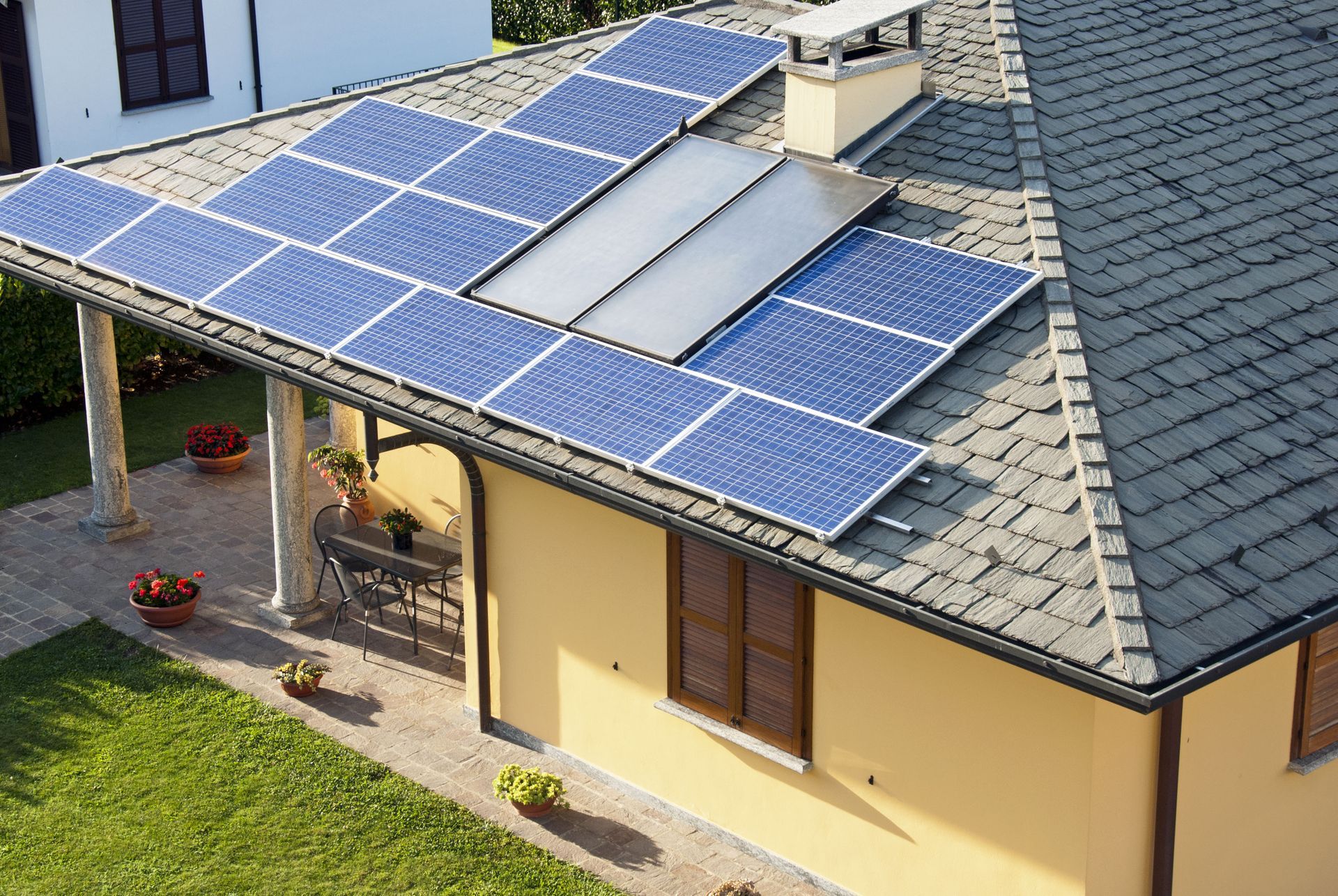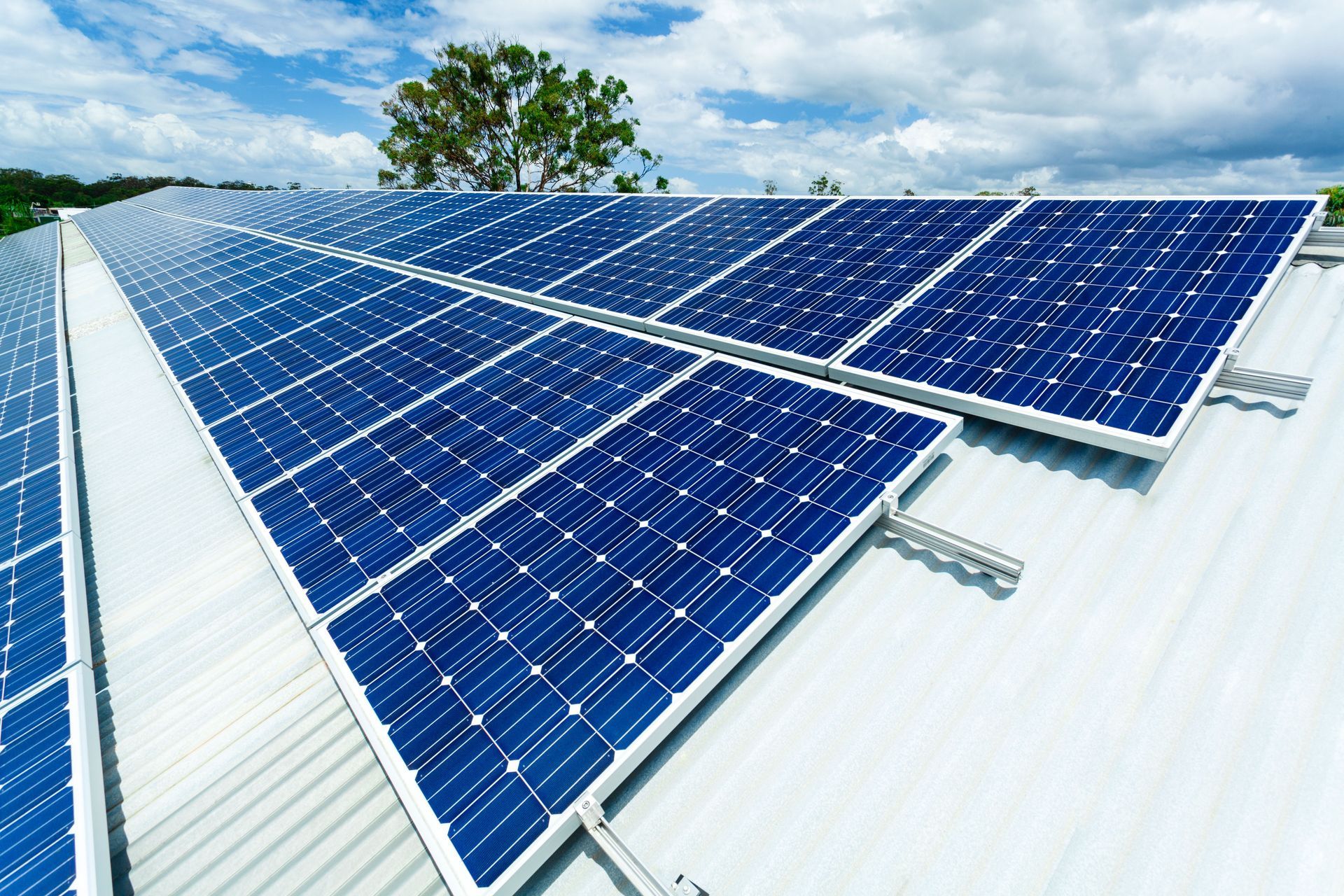October 24, 2025
As the world moves towards sustainable energy solutions, solar power has emerged as a leading option for homeowners and businesses alike. Choosing the right solar installation can be a daunting task, given the numerous options and variables involved. This article will guide you through essential considerations and help you make the best decision for your specific needs.
Understanding Your Energy Needs
Evaluating your current energy consumption is the first critical step in choosing a solar installation. It involves analyzing your energy bills, identifying peak usage times, and understanding what appliances contribute most to consumption. By doing this, homeowners can determine how much solar power they need to generate. It's equally important to consider your future energy needs, especially if you plan to increase your household size or add appliances. Factoring in these projections ensures that your solar installation remains adequate over time.
When considering solar power for your home, calculating your solar potential is key. This involves assessing your property's exposure to sunlight, which can vary based on geographic location, surrounding structures, and even tree coverage. A solar map tool can offer insights into the potential solar energy you can harness. Additionally, by analyzing seasonal energy variations, you can understand how your energy generation and needs may fluctuate. This understanding is vital to design a system that can perform optimally year-round.
Understanding the impact of daylight hours can significance on your solar system's efficiency. Areas with longer daylight hours naturally produce more solar energy. However, even in regions with fewer daylight hours, advancements in solar technology and battery storage can maximize output. According to EcoWatch, the U.S. has enough renewable resources to generate 100 times its electricity needs annually, highlighting the vast potential of solar. In conclusion, assessing these factors helps in tailoring a solar system to meet current and future energy requirements effectively.
Types of Solar Installations
Diving into the various types of solar installations begins with differentiating between residential and commercial systems. Residential systems are generally smaller and designed for homes, while commercial systems cater to larger buildings with higher energy demands. Understanding this distinction helps in choosing the appropriate system for your property. Roof-mounted panels are another common option for maximizing space, particularly in urban areas. Conversely, ground-mounted panels offer flexibility regarding placement and maintenance accessibility but require more land area.
Moreover, choosing between off-grid and grid-tied systems is crucial in solar installations. Off-grid systems store excess energy in batteries, independent of the main power grid, providing autonomy. Grid-tied systems, however, allow homeowners to draw energy from the main grid during low solar generation periods, usually involving net metering benefits. Thin-film versus crystalline panels present further choices regarding efficiency, appearance, and cost. Both have unique advantages, with crystalline panels often leading in efficiency and durability.
Finally, hybrid systems and battery storage are gaining traction as future-ready solutions. Hybrid systems incorporate both solar photovoltaics and other renewable energy sources or batteries for energy storage, enhancing reliability. They enable homeowners to harness and utilize solar energy effectively, even during cloudy days or at night. Battery storage can store excess energy for later use, offering greater control over energy consumption. Understanding these options ensures that the solar installation aligns with your preferences and energy goals.
Cost and Financial Incentives
The initial investment and payback period are pivotal financial considerations. Solar installations often require a substantial upfront cost, covering panels, inverters, labor, and other essentials. However, the long-term savings from reduced electricity bills can offset the initial expense. Calculating the payback period involves assessing how long it will take for the savings to equal the initial investment. By understanding this timeline, you can better gauge the financial viability of the project.
Maintenance and operation costs also factor into the overall expense of owning a solar installation. These costs usually include periodic cleaning and monitoring to ensure optimal performance. Understanding the life expectancy and warranty of the system components helps anticipate future expenses. Analyzing financial incentives and rebates at the federal, state, and local levels can significantly reduce upfront costs. With the right incentives, solar installations become more accessible and financially appealing to a broader audience.
Exploring solar financing options provides flexibility in managing the initial investment. Loans, leases, and power purchase agreements (PPAs) offer alternative pathways to owning solar systems. Each option comes with its own set of terms and conditions, influencing overall costs and ownership. Calculating long-term savings involves examining factors like energy inflation, technological advancements, and energy independence. A thorough analysis ensures that your solar installation remains a sound financial decision for years to come.
Evaluating Installation Providers
Choosing a reliable installation provider is crucial for a successful solar project. Conducting thorough research and reading reviews helps in identifying reputable companies. Customer feedback provides valuable insights into a provider's reliability, customer service, and workmanship. Comparing quotes and proposals from multiple installers allows you to gauge the financial scope and included services. An informed decision will depend on evaluating both cost-effectiveness and the quality of the offerings.
Assessing provider experience and expertise ensures that they are equipped to handle your specific solar project. Experienced installers bring a wealth of knowledge, minimizing potential challenges during the installation process. In addition to installation experience, understanding the warranty and support options available is essential. An extensive warranty safeguards your investment, covering unexpected repairs or replacements. Evaluating local versus national installers can also influence your choice, as local providers may offer a more personalized service.
Local installers might possess a better understanding of regional regulations and climate. However, national companies could offer more comprehensive resources and technical support. Engaging with both options allows you to weigh the pros and cons effectively. Ultimately, the goal is to select a provider that aligns with your project goals, budget, and preferred level of service. This collaboration is foundational to achieving a successful and stress-free solar installation experience.
Permits, Regulations, and Environmental Considerations
Navigating local building permits is a necessary step in solar installations. Permits ensure that the installation complies with safety and construction regulations, maintaining structural integrity and community standards. Although permit processes can be intricate, many installers assist with this aspect, expediting approvals. Complying with zoning regulations determines where and how you can install solar panels on your property. Understanding restrictions or requirements in your area prevents costly modifications later on.
Environmental impact assessments (EIAs) are crucial for understanding the broader ecological implications of solar installations. While solar energy is environmentally friendly, some projects may affect local wildlife or ecosystems. Conducting an EIA addresses these concerns, promoting sustainable development practices. Engaging with local community and stakeholders can foster goodwill and collaborative support. Transparent communication about your solar project allows for constructive feedback and community endorsement.
Preparing for inspection and approval processes ensures that your installation meets all necessary regulations. Inspections validate that the system adheres to quality and safety standards, which enhances overall reliability. Scheduling inspections in advance and addressing potential issues promptly can streamline this stage. By staying informed and proactive, you can navigate these regulatory landscapes smoothly. Meeting these requirements not only brings peace of mind but also solidifies the legitimacy and sustainability of your solar installation.
Choosing the right solar installation is crucial for reaping the full benefits of solar energy. By understanding your energy needs, exploring various installation types, and considering costs, providers, permits, and performance, you can make an informed decision. This careful evaluation will ensure that your solar installation is not only a financial investment but also a step towards sustainable living. With abundant solar potential, as noted by EcoWatch, individuals and businesses have the opportunity to largely impact their carbon footprint positively. Ultimately, a well-planned solar installation empowers you to contribute meaningfully to a cleaner and more sustainable future. Be sure to reach out to SG Electrical and Solar today for more information on our professional solar installations!
